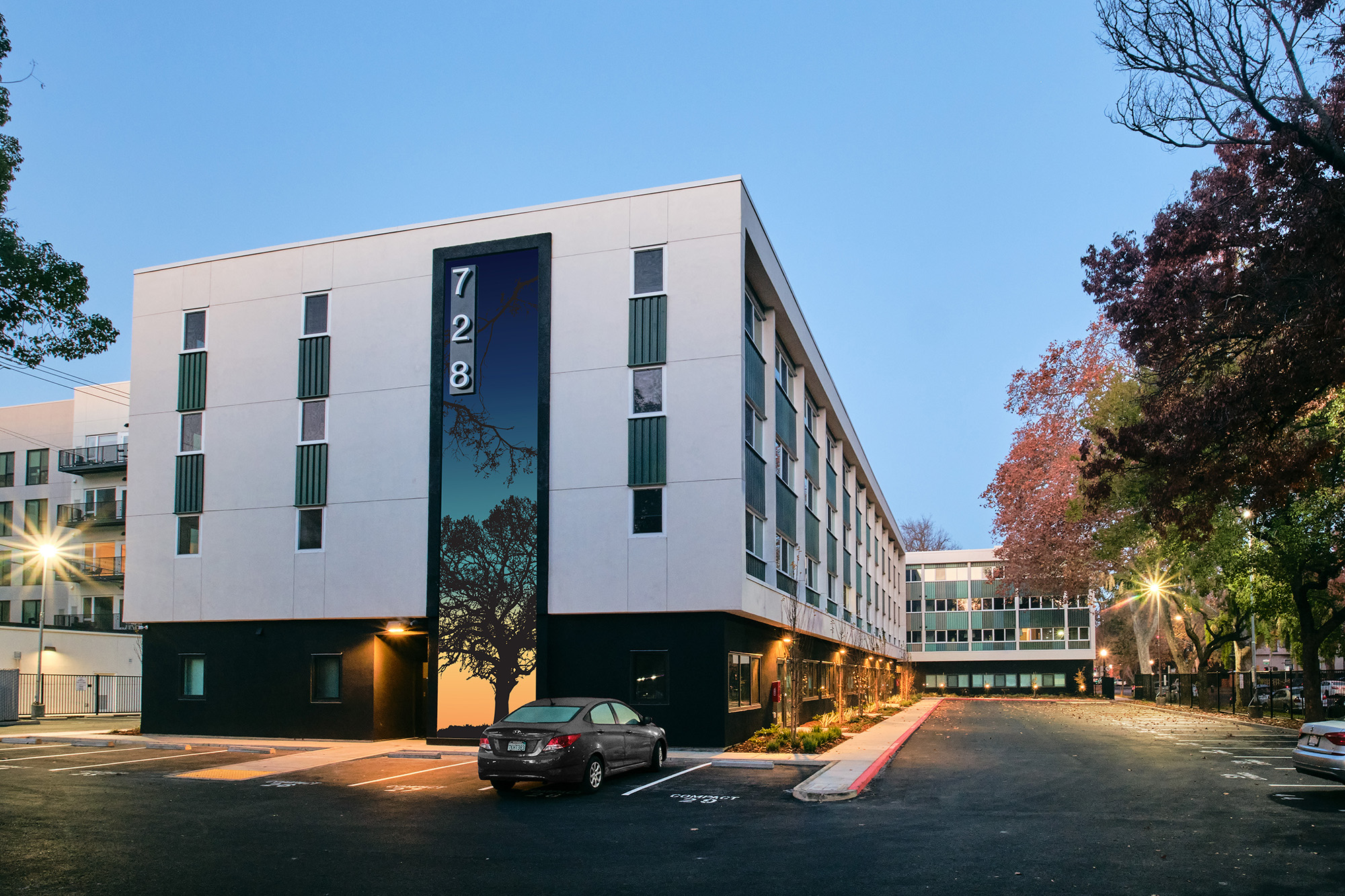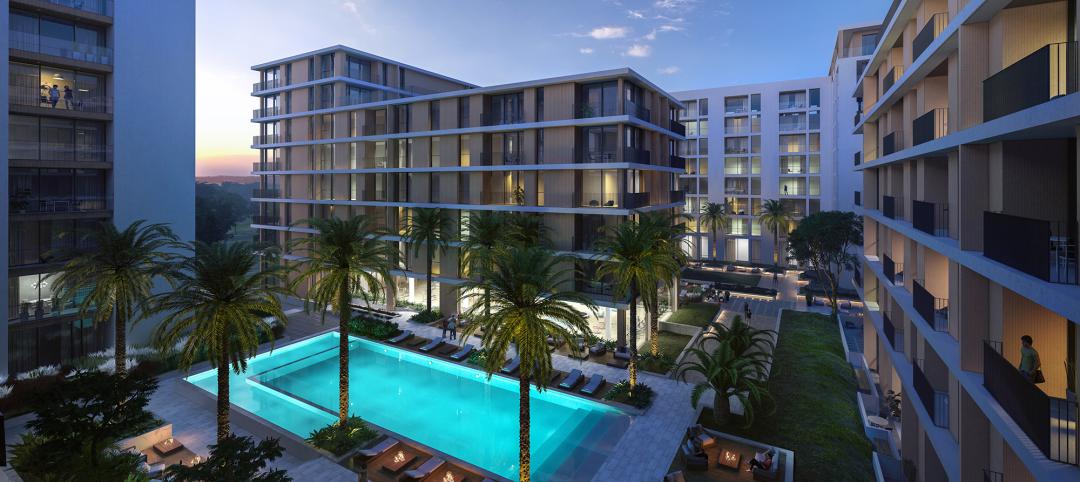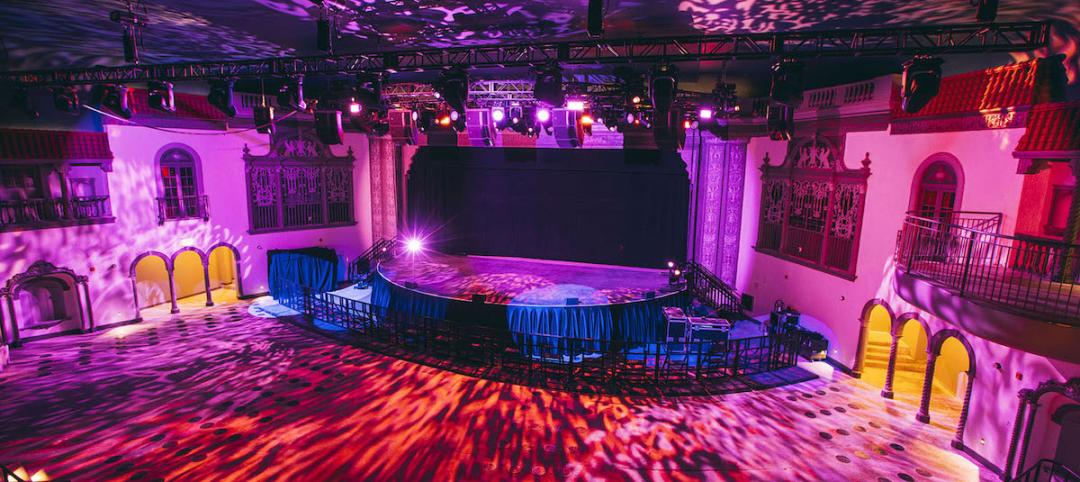In the continuous battle against housing shortages and the surplus of vacant buildings, developers are turning their attention to the viability of adaptive reuse for their properties. This strategy offers developers the opportunity to save their investment, create an unparalleled story for end users, and make money by converting a disused or underutilized project into a one-of-a-kind residential space.
However, the burning questions on every developer's mind include: Is adaptive reuse suitable for my building? Is it cost-effective? What does a housing conversion project entail?
Navigating the complexities of updating old buildings for new purposes is no simple task. Not every structure is ripe for adaptive reuse, and the process demands a meticulous evaluation of various factors. Structural integrity, zoning regulations, historical significance, and the feasibility of renovation all weigh heavily in the decision-making process. Each property presents its unique challenges and opportunities, necessitating thorough assessments to determine its suitability for conversion. It's through this rigorous examination that developers ensure that only the most viable candidates are selected for transformation into vibrant residential spaces.
‘The Rule of Six’ for Adaptive Reuse Housing Projects
While there is no magic formula or linear one-size-fits-all approach to converting buildings into housing, our team at Ankrom Moisan has come up with a unique framework: “The Rule of Six.”
This strategy outlines the six key characteristics that make a project a candidate for a successful conversion. If a property has any of these traits—whether it’s one or all six—it might qualify as a candidate. These characteristics include:
1) Class B or C office
Assessing the classification of office space helps gauge a building’s potential suitability for conversion into housing. Class B and C offices are typically older with fewer amenities. This older stock, especially pre-war buildings, creates wonderfully unique residential buildings with their soaring ceilings and operable windows.

2) 5-6 Levels, or 240 feet tall
This size building provides an optimal framework for accommodating residential units and amenities while also adhering to regulatory standards and market preferences for housing developments. Height and class of office space work together in finding good conversion candidates. These two scales align nicely within a typical ground-up residential category of podium or high rise that our developers are familiar with. Height is like the Goldilocks of finding a good conversion candidate—it works together with the class and building footprint and should not be too tall or too small.
3) Operable windows within envelope are preferred
Buildings with operable windows within the envelope enhance livability and comfort for potential residents. Access to fresh air is a huge “want” in new apartments. Although we can provide fresh air mechanically, there is no substitute for opening a window and feeling a cool breeze on demand. For this reason, buildings with big operable windows make an easy case for conversion. In this case, it’s more about enhancing the livability and comfort for potential residents, not a technical obstacle.
4) Walkable location
A building's walkability contributes to the accessibility and desirability of the housing. For any residential building, potential renters (or owners) will pay a premium for a prime location within an urban core that has easy access to transit, grocery stores, and city amenities.

5) 12,000-sf plate minimum
The building’s plate size should be considered, ensuring sufficient space for residential units and amenities. What we are discovering is that conversions need to yield a certain number of total units to make financial sense and that the typical footprint is key to being as efficient as possible on every level. Of course, small footprints will work and can create a wonderful boutique housing option, but most developers will need a minimum amount of yield for the conversion to work financially.
6) Depth to core not to exceed 45’
Evaluating the depth to the core is essential to assess the feasibility and efficiency of the conversion process. The depth of the building footprint from the exterior wall to the interior corridor is the biggest hurdle for many conversion candidates. In housing, any space that is more than 40-45’ from a source of daylight is not valuable.
Why Use Adaptive Reuse for Rental Housing?
According to the National Association for Industrial and Office Parks (NAIOP), the United States needs to build 4.3 million more apartments by 2035 to meet the demands for rental housing. This includes 600,000 units (total) to fill the shortage from underbidding after the 2008 financial crisis. Adaptive reuse residential conversions are an affordable and effective way to create more housing and fulfill that need, providing several added benefits.
To start, these projects help to foster diverse and inclusive communities. By repurposing vacant buildings into residential units, adaptive reuse initiatives address pressing housing needs and ensure equitable access to affordable living spaces. This approach provides housing opportunities for people from different socioeconomic backgrounds, thus helping to alleviate housing shortages.

In addition to their community benefits, adaptive reuse initiatives promote sustainable development practices by reducing the environmental impact associated with new construction. Because these projects are not constrained by current building codes regarding glazing or parking requirements they offer flexibility and efficiency in development processes. Adaptive reuse housing projects also save time, resources, and energy, leveraging existing structures for their designs. This approach also minimizes waste generation and carbon emissions, aligning with broader efforts to mitigate climate change and promote ecological stewardship.
Preserving and repurposing older structures for housing not only enhances the health and appeal of neighborhoods but also accelerates tenant occupancy, catalyzing urban revitalization. Doing so, plays a pivotal role in activating downtown areas, allowing for economic resurgence. Such projects attract investment, spur job creation, and foster the growth of local businesses and cultural institutions.
Implementing ‘The Rule of Six’
“The Rule of Six” framework serves as a valuable indicator of a project's potential for successful conversion. However, it's important to recognize that each property is unique, and additional factors beyond these six may also influence its suitability for adaptive reuse. By conducting thorough due diligence and leveraging interdisciplinary expertise, developers can confidently navigate the complexities of adaptive reuse and unlock the full potential of existing structures for sustainable, socially equitable, and culturally vibrant urban development.
This methodology was recently applied to our renovation project at 728 16th St. in Sacramento, Calif., where we transformed a former Holiday Inn property into a residential apartment complex. Rather than opting for a complete teardown, the adaptive reuse renovation maximized the existing space, optimizing the structure and MEP infrastructure.

Throughout the renovation, our team strategically optimized the site layout, repurposed existing hotel areas, and merged hotel rooms to craft contemporary apartments. To address infrastructure challenges, we adjusted ceiling heights to accommodate new appliance ducts and plumbing. Leveraging existing structures, we transformed underutilized space into 129 new residential units. The project's fresh perspective on modern residential living, achieved through adaptive reuse, positions it competitively in emerging markets.
Ultimately, the success of 728 16th St’s conversion stemmed from its alignment with two of the six key characteristics outlined in the “Rule of Six.” Situated in a walkable area with a substantial floor plate, 728 16th St. was primed for success. However, it's worth noting that a prospective adaptive reuse project needs only one of these six characteristics to qualify as a viable candidate for conversion.
The rising trend of adaptive reuse presents a compelling solution to the challenges posed by housing shortages and vacant structures. While not every building is suitable for conversion, the meticulous evaluation of various factors is crucial in determining viability. The preservation of cultural heritage, promotion of sustainable practices, stimulation of economic growth, and provision of housing opportunities underscore the manifold benefits of adaptive reuse initiatives.
About the Author
Jennifer Sobieraj Sanin, AIA, is the Housing Studio Design Director and Senior Principal for Ankrom Moisan. She is a design leader with a passion that revolves around crafting memorable experiences and empowering creative teams. With a specialty in high density urban infill, Sanin works on market rate, affordable, and senior housing, as well as hospitality and mixed-use.
Related Stories
Adaptive Reuse | May 15, 2024
Modular adaptive reuse of parking structure grants future flexibility
The shift away from excessive parking requirements aligns with a broader movement, encouraging development of more sustainable and affordable housing.
K-12 Schools | May 13, 2024
S.M.A.R.T. campus combines 3 schools on one site
From the start of the design process for Santa Clara Unified School District’s new preK-12 campus, discussions moved beyond brick-and-mortar to focus on envisioning the future of education in Silicon Valley.
Adaptive Reuse | May 9, 2024
Hotels now account for over one-third of adaptive reuse projects
For the first time ever, hotel to apartment conversion projects have overtaken office-to-residential conversions.
MFPRO+ Special Reports | May 6, 2024
Top 10 trends in affordable housing
Among affordable housing developers today, there’s one commonality tying projects together: uncertainty. AEC firms share their latest insights and philosophies on the future of affordable housing in BD+C's 2023 Multifamily Annual Report.
Retail Centers | May 3, 2024
Outside Las Vegas, two unused office buildings will be turned into an open-air retail development
In Henderson, Nev., a city roughly 15 miles southeast of Las Vegas, 100,000 sf of unused office space will be turned into an open-air retail development called The Cliff. The $30 million adaptive reuse development will convert the site’s two office buildings into a destination for retail stores, chef-driven restaurants, and community entertainment.
Mixed-Use | Apr 13, 2024
Former industrial marina gets adaptive reuse treatment
At its core, adaptive reuse is an active reimagining of the built environment in ways that serve the communities who use it. Successful adaptive reuse uncovers the latent potential in a place and uses it to meet people’s present needs.
Mixed-Use | Apr 9, 2024
A surging master-planned community in Utah gets its own entertainment district
Since its construction began two decades ago, Daybreak, the 4,100-acre master-planned community in South Jordan, Utah, has been a catalyst and model for regional growth. The latest addition is a 200-acre mixed-use entertainment district that will serve as a walkable and bikeable neighborhood within the community, anchored by a minor-league baseball park and a cinema/entertainment complex.
Adaptive Reuse | Apr 5, 2024
McHugh Construction completes restoration of Chicago’s historic Ramova Theatre
Adaptive reuse project turns 1929 cinema into a live performance venue, adds a brewery and a taproom, and revives the Ramova Grill in Chicago’s Bridgeport neighborhood.
Adaptive Reuse | Mar 30, 2024
Hotel vs. office: Different challenges in commercial to residential conversions
In the midst of a national housing shortage, developers are examining the viability of commercial to residential conversions as a solution to both problems.
Cultural Facilities | Mar 26, 2024
Renovation restores century-old Brooklyn Paramount Theater to its original use
The renovation of the iconic Brooklyn Paramount Theater restored the building to its original purpose as a movie theater and music performance venue. Long Island University had acquired the venue in the 1960s and repurposed it as the school’s basketball court.


















